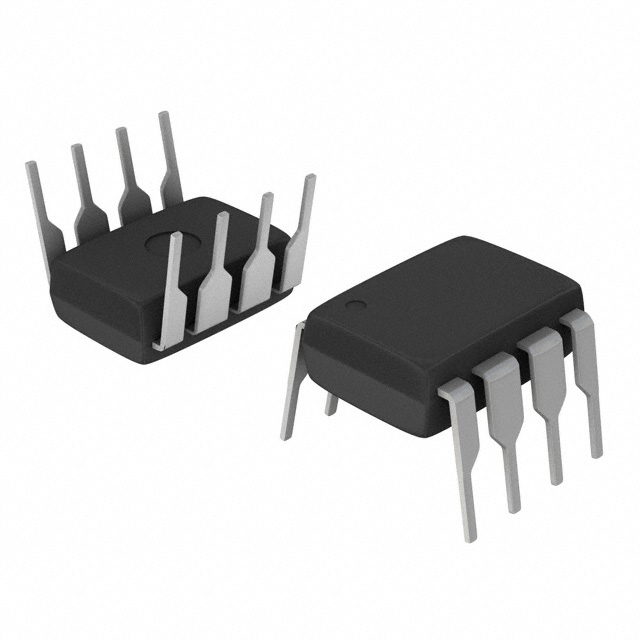AD8319: Features: ·Wide bandwidth: 1 MHz to 10 GHz·High accuracy: ±1.0 dB over temperature·>40 dB dynamic range up to 8 GHz·Stability over temperature ±0.5 dB·Low noise measurement/controller output VOUT...
floor Price/Ceiling Price
- Part Number:
- AD8319
- Supply Ability:
- 5000
Price Break
- Qty
- 1~5000
- Unit Price
- Negotiable
- Processing time
- 15 Days
SeekIC Buyer Protection PLUS - newly updated for 2013!
- Escrow Protection.
- Guaranteed refunds.
- Secure payments.
- Learn more >>
Month Sales
268 Transactions
Payment Methods
All payment methods are secure and covered by SeekIC Buyer Protection PLUS.

 AD8319 Data Sheet
AD8319 Data Sheet







